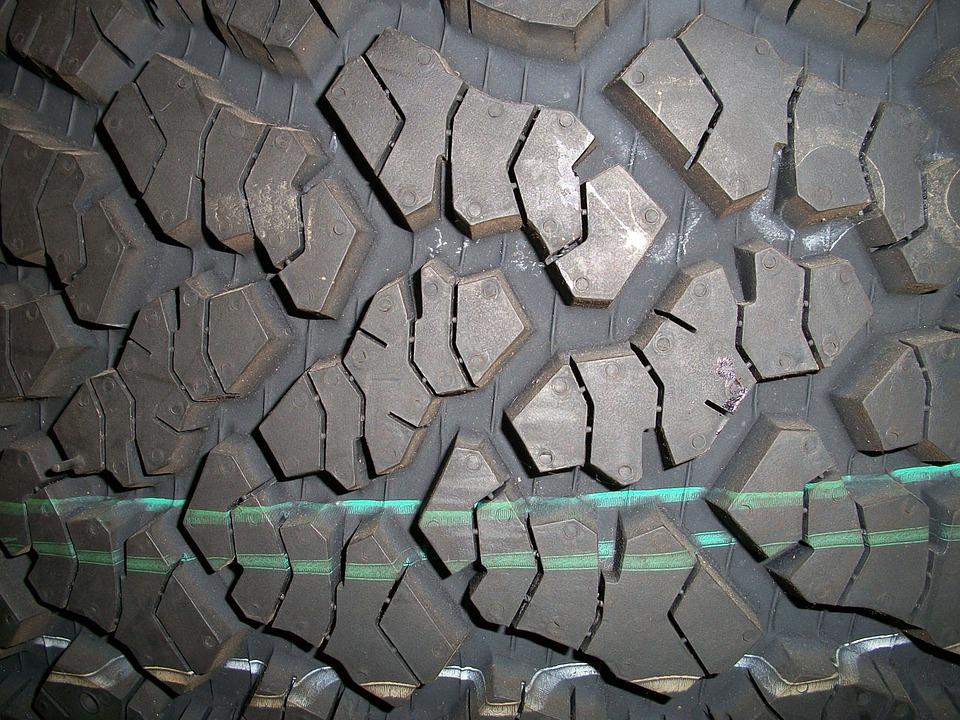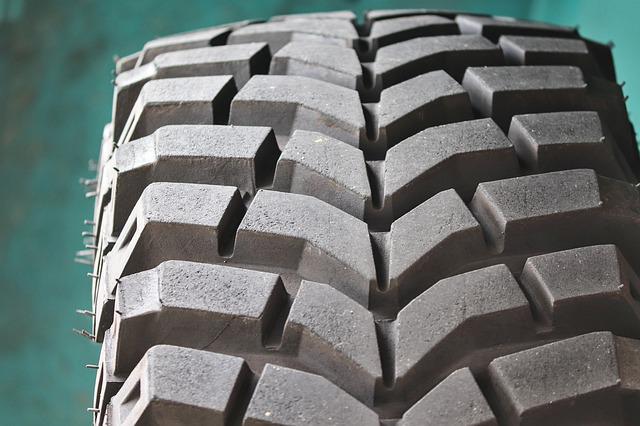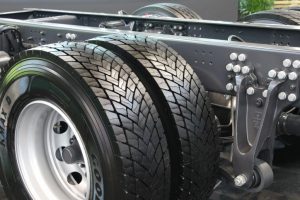Driving a truck comes with its own set of responsibilities, and one crucial aspect that often gets overlooked is tire maintenance. The tread depth of your truck tires is a key factor in ensuring safety, optimal performance, and longevity. In this comprehensive guide, we’ll delve into the importance of maintaining proper tread depth and provide practical tips for keeping your truck tires in top-notch condition.
Understanding Tread Depth: The Foundation of Tire Performance
The tread on your truck tires plays a vital role in providing traction, stability, and control on the road. Over time, as you drive, the tread gradually wears down. Monitoring and maintaining the right tread depth is essential for several reasons:
- Safety: Adequate tread depth ensures better grip on the road, especially in wet or slippery conditions. This directly contributes to enhanced safety for you and others on the road.
- Performance: Proper tread depth allows your truck to handle various terrains and weather conditions efficiently, providing optimal performance in different driving scenarios.
- Longevity: Regularly checking and maintaining tread depth can extend the lifespan of your tires, saving you money on replacements and contributing to overall vehicle longevity.
How to Measure Tread Depth: A Simple DIY Approach

Checking your truck tire tread depth doesn’t require specialized tools; you can do it at home with a few simple techniques. Here’s a step-by-step guide:
- Penny Test: Insert a penny into the tread with Lincoln’s head facing down. If you can see the top of Lincoln’s head, your tread is too shallow, and it’s time for replacement.
- Tread Depth Gauge: Invest in a tread depth gauge for a more precise measurement. Simply place the gauge into the tread grooves and note the depth. Most experts recommend replacing tires when the tread depth reaches 2/32 of an inch.
Signs of Uneven Tread Wear: What to Look For
Uneven tread wear can indicate various issues with your truck or its alignment. Keeping an eye out for these signs can help you address problems promptly:
- Cupping or Scalloping: Irregular, cup-like wear patterns on the tread may suggest suspension issues or improper wheel alignment.
- Feathering: Feathered edges on the tread blocks can indicate misalignment or suspension problems.
- Center Wear: Excessive wear in the center of the tread may signal over-inflation, while wear on the edges may indicate under-inflation.
Tips for Tread Depth Maintenance: Prolonging Tire Life
- Regular Inspections: Make it a habit to visually inspect your truck tires regularly. Look for signs of wear, embedded objects, or any abnormalities.
- Rotate Your Tires: Regularly rotating your tires promotes even wear. Consult your truck’s manual for the recommended rotation intervals.
- Maintain Proper Inflation: Incorrect tire pressure can lead to uneven tread wear. Check and maintain the recommended tire pressure for your truck.
- Avoid Overloading: Excessive loads can put unnecessary strain on your tires, leading to premature wear. Adhere to your truck’s load capacity guidelines.
- Seek Professional Alignment: If you notice uneven wear patterns, vibrations, or your truck pulling to one side, seek professional wheel alignment to rectify any issues.
Safeguarding Your Journey, One Tread at a Time
Ensuring your truck’s tires have proper tread depth is not just a matter of maintenance; it’s a commitment to safety and performance. By understanding the significance of tread depth, regularly checking it, and addressing any issues promptly, you contribute to a safer driving experience for yourself and those sharing the road with you.
Embark on your journeys with confidence, knowing that your truck tires are in optimal condition. Stay vigilant, conduct regular inspections, and follow these maintenance tips to safeguard your journey, one tread at a time.




